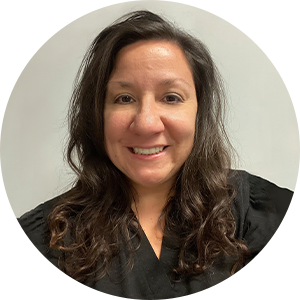Recently, I started working at New York Film Academy (NYFA), a film, media and performing arts college. Important aspects of the role have been learning the program offerings and keeping a keen eye on media mentions.
So it’s no surprise that I got excited when NYFA’s summer filmmaking camps, held at Harvard, were mentioned by filmmakers Daniel Kwan and Daniel Scheinert in interviews for their award-winning film “Everything Everywhere All At Once.” Kwan and Scheinert were camp counselors at an NYFA summer camp when they collaborated on their first film.
The campers inspired Kwan and Scheinert. According to the filmmakers, they “got jealous of the kids” and all the fun they had making films. They decided to make a short film after hours, thus starting their creative collaboration that eventually led to the success of their most recent film. Much like the campers practiced filmmaking while attending camp, the “Daniels” practiced collaborating by making a short film.
This connection sparked a reflection about trying ideas by conducting a pilot or a test drive to ensure something is working or is a good fit before fully committing. This can apply to summer camp and filmmaking or higher ed and marketing, among other areas.
In my marketing approach, I am a big proponent of the pilot campaign or trying out a new platform or vendor with a smaller targeted project first. It’s a small, calculated risk with a big payoff when successful. Even if the project is unsuccessful, I still learn important lessons. Either way, it’s a win.
What follows are a few ways to introduce pilot programs into marketing for higher education.

